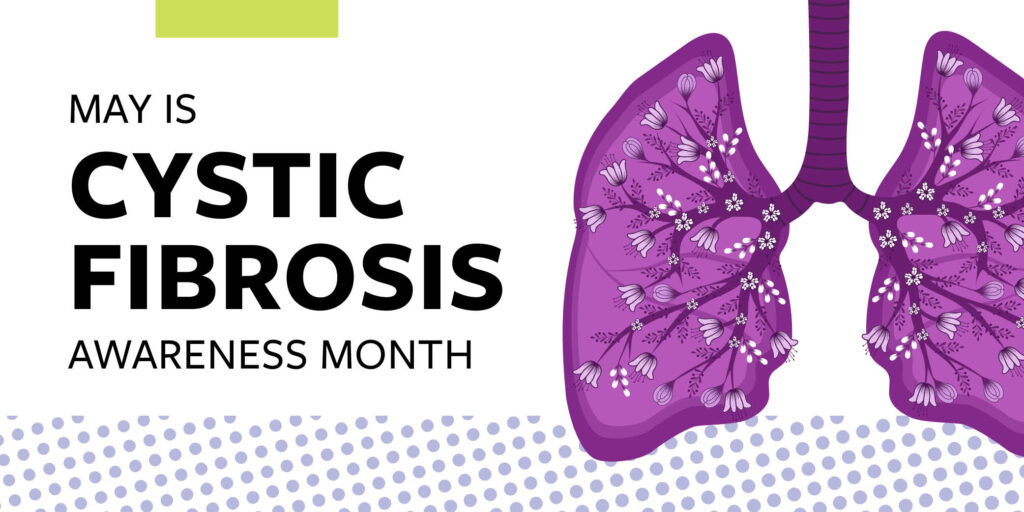Toxic Neuropathy
Toxins, poisons and chemicals can cause peripheral neuropathy. This can happen through drug or chemical abuse or through exposure to industrial chemicals in the workplace or in the environment (after either limited or long-term exposure). Common toxins that cause neuropathy include: exposure to lead, mercury, arsenic and thalium. Some organic insecticides and solvents can result in neuropathies. Sniffing glue or other toxic compounds can also cause peripheral neuropathy. Certain herbal medicines, especially Chinese herbal medicines, are particularly rich in mercury and arsenic and taking them can lead to peripheral neuropathy.
60%
Between 60-70% of those with diabetes have PN
54000
Diabetics have amputations each year. 75% of amputations are preventable.
$58 Billion
Is the estimated annual cost to treat diabetes related chronic complications such as DPN
Toxins That Can Cause Peripheral Neuropathy
- Acrylamide
- Alcohol
- Arsenic
- Brevetoxin (from algae by means of the shellfish that eat it)
- Buckthorn berry toxin
- Cadmium
- Carbon disulfide (alone or as a contaminant of Agent Orange)
- Chlorofluorcarbon (new agent replacing 1-bromopropane)
- Ciguatera toxin (from algae by means of the shellfish that eat it)
- Dioxins (alone or as a contaminant of Agent Orange)
- Ethanol
- Ethylene glycol (antifreeze)
- Hexacarbons (in solvents and glues)
- Tetrodotoxin (from puffer fish)
- Lead
- Mercury (acute exposure to high dose)
- Nitrous oxide (causing depletion of vitamin B12)
- Organophosphates (insecticide)
- Saxitoxin (from algae by means of the shellfish that eat it)
- Thallium (associated with hair loss)
- Zinc Toxicity (leading to copper deficiency)
Because patients may have subtle pain or weakness, it may be difficult to arrive at a specific diagnosis of toxic neuropathy.
Note on Agent Orange: Over the years there has been suggestive evidence of an association between exposure to herbicides used in Vietnam and clinical neurological disorders, including peripheral neuropathy specifically. However, a review of research conducted over the last two decades (visit PubMed (US National Library of Medicine National Institutes of Health) indicates that the studies were limited by various factors, and thus all widely concluded that the evidence was insufficient to conclude or confirm a connection between exposure to Agent Orange and peripheral neuropathy.
Symptoms & Signs
(Not all symptoms and signs may be present)
In feet:
- Pain
- Tingling
- Numbness
Other symptoms:
- Weakness
- Difficulty walking
- Many toxic components not only injure the peripheral nervous system but may also cause gastrointestinal symptoms, central nervous system involvement, optic neuropathy, muscle lesions or other systemic involvement (nausea, weight loss or skin changes).
Evaluation & Tests
(Not all evaluation and tests may be necessary)
- Physical examination
- Neurological exam
- Electromyography
- Nerve conduction velocity test
- Blood test for toxins
- Urine test for toxins
Treatment & Therapy
(Not all treatments and therapies may be indicated)
- Over-the-counter pain medication for mild pain
- For severe pain, take over-the-counter pain medication or prescription drugs used for peripheral neuropathy, on a regular basis—rather than waiting until nighttime when symptoms can become more severe
- Eliminate exposure to toxins; both occupational and environmental
- Quit recreational drug habit
- Take safety measures to compensate for loss of sensation
- Ask your doctor about special therapeutic shoes (which may be covered by Medicare and other insurance).
Evolution & Prognosis
The first sign of diabetic neuropathy is usually numbness, tingling or pain in the feet, legs or hands.
Over a period of several years, the neuropathy may lead to muscle weakness in the feet and a loss of reflexes, especially around the ankle.
As the nerve damage increases, the loss of sensation in the feet can reduce a person’s ability to detect temperature or to notice pain. Because the person can no longer notice when his/her feet become injured, people with diabetic neuropathy are more likely to develop foot problems such as skin lesions and ulcers that may become infected.
Diabetic neuropathy may suddenly flare up and affect a specific nerve or group of nerves. When this occurs, the result may be weakness and muscle atrophy in various parts of the body, such as involvement of the eye muscles or eyelid (e.g., causing double vision or a drooping eyelid) or thigh muscles. Alternatively, neuropathy caused by diabetes may slowly progress over time. It also can interfere with the normal functioning of the digestive system and sexual organs.
Symptoms
(Not all symptoms and signs may be present)
- Numbness, tingling, or pain in the toes, feet, legs, hands, arms, and fingers
- Indigestion, nausea, or vomiting
- Diarrhea or constipation
- Dizziness or faintness due to a drop in blood pressure especially when rising to a standing position
- Problems with urination
- Erectile dysfunction (impotence) or vaginal dryness
Tests
(Not all evaluation and tests may be necessary)
- Comprehensive foot exam
- Physical examination
- Neurological exam
- Electromyography
- Nerve conduction velocity test
- Quantitive sensory testing (QST)
- Nerve or skin biopsy
- Blood studies (to verify diabetes (e.g., HbA1C) and to rule out other potential causes)
Treatments
(Not all treatments and therapies may be indicated)
The goal of treatment for diabetic neuropathy is to relieve discomfort and to prevent further tissue damage. The first step is to bring blood sugar levels under control by diet and medication. Another important part of treatment involves taking special care of the feet.
- Over-the-counter pain medication for mild pain
- For severe pain, take over-the-counter pain medication or prescription drugs used for peripheral neuropathy, on a regular basis—rather than waiting until nighttime when symptoms can become more severe
- Keep blood sugar levels in normal range
- Get regular exercise
- Maintain a healthy weight
- Antidepressants (for pain relief)
- Foot care: inspect your feet daily for injuries
- Special Therapeutic shoes (which may be covered by Medicare and other insurance)
- Take safety measures to compensate for loss of sensation
The first sign of diabetic neuropathy is usually numbness, tingling or pain in the feet, legs or hands.
Over a period of several years, the neuropathy may lead to muscle weakness in the feet and a loss of reflexes, especially around the ankle.
As the nerve damage increases, the loss of sensation in the feet can reduce a person’s ability to detect temperature or to notice pain. Because the person can no longer notice when his/her feet become injured, people with diabetic neuropathy are more likely to develop foot problems such as skin lesions and ulcers that may become infected.
Diabetic neuropathy may suddenly flare up and affect a specific nerve or group of nerves. When this occurs, the result may be weakness and muscle atrophy in various parts of the body, such as involvement of the eye muscles or eyelid (e.g., causing double vision or a drooping eyelid) or thigh muscles. Alternatively, neuropathy caused by diabetes may slowly progress over time. It also can interfere with the normal functioning of the digestive system and sexual organs.
Symptoms
(Not all symptoms and signs may be present)
- Numbness, tingling, or pain in the toes, feet, legs, hands, arms, and fingers
- Indigestion, nausea, or vomiting
- Diarrhea or constipation
- Dizziness or faintness due to a drop in blood pressure especially when rising to a standing position
- Problems with urination
- Erectile dysfunction (impotence) or vaginal dryness
Tests
(Not all evaluation and tests may be necessary)
- Comprehensive foot exam
- Physical examination
- Neurological exam
- Electromyography
- Nerve conduction velocity test
- Quantitive sensory testing (QST)
- Nerve or skin biopsy
- Blood studies (to verify diabetes (e.g., HbA1C) and to rule out other potential causes)
Treatments
(Not all treatments and therapies may be indicated)
The goal of treatment for diabetic neuropathy is to relieve discomfort and to prevent further tissue damage. The first step is to bring blood sugar levels under control by diet and medication. Another important part of treatment involves taking special care of the feet.
- Over-the-counter pain medication for mild pain
- For severe pain, take over-the-counter pain medication or prescription drugs used for peripheral neuropathy, on a regular basis—rather than waiting until nighttime when symptoms can become more severe
- Keep blood sugar levels in normal range
- Get regular exercise
- Maintain a healthy weight
- Antidepressants (for pain relief)
- Foot care: inspect your feet daily for injuries
- Special Therapeutic shoes (which may be covered by Medicare and other insurance)
- Take safety measures to compensate for loss of sensation
Resource library
Read our newsletter and explore educational brochures to help expand your knowledge of peripheral neuropathy.







